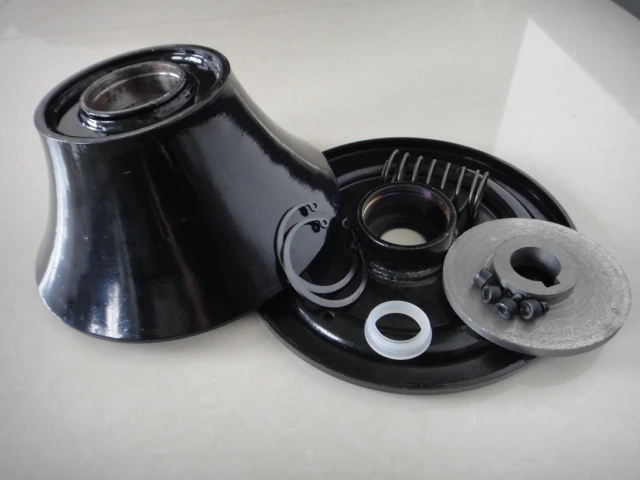 Afrikaans
Afrikaans  Albanian
Albanian  Amharic
Amharic  Arabic
Arabic  Armenian
Armenian  Azerbaijani
Azerbaijani  Basque
Basque  Belarusian
Belarusian  Bengali
Bengali  Bosnian
Bosnian  Bulgarian
Bulgarian  Catalan
Catalan  Cebuano
Cebuano  Corsican
Corsican  Croatian
Croatian  Czech
Czech  Danish
Danish  Dutch
Dutch  English
English  Esperanto
Esperanto  Estonian
Estonian  Finnish
Finnish  French
French  Frisian
Frisian  Galician
Galician  Georgian
Georgian  German
German  Greek
Greek  Gujarati
Gujarati  Haitian Creole
Haitian Creole  hausa
hausa  hawaiian
hawaiian  Hebrew
Hebrew  Hindi
Hindi  Miao
Miao  Hungarian
Hungarian  Icelandic
Icelandic  igbo
igbo  Indonesian
Indonesian  irish
irish  Italian
Italian  Japanese
Japanese  Javanese
Javanese  Kannada
Kannada  kazakh
kazakh  Khmer
Khmer  Rwandese
Rwandese  Korean
Korean  Kurdish
Kurdish  Kyrgyz
Kyrgyz  Lao
Lao  Latin
Latin  Latvian
Latvian  Lithuanian
Lithuanian  Luxembourgish
Luxembourgish  Macedonian
Macedonian  Malgashi
Malgashi  Malay
Malay  Malayalam
Malayalam  Maltese
Maltese  Maori
Maori  Marathi
Marathi  Mongolian
Mongolian  Myanmar
Myanmar  Nepali
Nepali  Norwegian
Norwegian  Norwegian
Norwegian  Occitan
Occitan  Pashto
Pashto  Persian
Persian  Polish
Polish  Portuguese
Portuguese  Punjabi
Punjabi  Romanian
Romanian  Russian
Russian  Samoan
Samoan  Scottish Gaelic
Scottish Gaelic  Serbian
Serbian  Sesotho
Sesotho  Shona
Shona  Sindhi
Sindhi  Sinhala
Sinhala  Slovak
Slovak  Slovenian
Slovenian  Somali
Somali  Spanish
Spanish  Sundanese
Sundanese  Swahili
Swahili  Swedish
Swedish  Tagalog
Tagalog  Tajik
Tajik  Tamil
Tamil  Tatar
Tatar  Telugu
Telugu  Thai
Thai  Turkish
Turkish  Turkmen
Turkmen  Ukrainian
Ukrainian  Urdu
Urdu  Uighur
Uighur  Uzbek
Uzbek  Vietnamese
Vietnamese  Welsh
Welsh  Bantu
Bantu  Yiddish
Yiddish  Yoruba
Yoruba  Zulu
Zulu conveyor components & parts
Conveyor Components and Parts An Overview
Conveyor systems are an integral part of modern industrial operations, playing a crucial role in the transportation of materials, products, and goods. To ensure their efficiency and longevity, understanding the various components and parts of conveyor systems is essential. This article provides an overview of the primary components that make up conveyor systems and their significance.
1. Conveyor Belts
At the heart of any conveyor system lies the conveyor belt itself. Made from a variety of materials, including rubber, plastic, and metal, conveyor belts are designed to move items from one point to another efficiently. The choice of material is critical, as it needs to be suited to the type of products being transported. For instance, rubber belts are common in heavy-duty applications, while modular plastic belts offer flexibility and ease of maintenance.
2. Rollers
Rollers support the conveyor belt and facilitate smooth movement. They can be found throughout the conveyor system, particularly in the loading, unloading, and transfer areas. Depending on the application, rollers can be powered (to drive the belt) or non-powered (to provide support). They come in various sizes and designs, including idle rollers, drive rollers, and return rollers, each serving distinct functions.
3. Pulleys
Pulleys are essential components that help to drive the belt within a conveyor system. Typically situated at the ends of the conveyor, they work in tandem with motors and belts to create movement. Head pulleys are positioned at the discharge end, while tail pulleys are found at the loading end, holding the conveyor belt tight and helping maintain its tension.
conveyor components & parts

The motor is the powerhouse of a conveyor system, providing the necessary drive to move the belt. Gearboxes are utilized to control the speed and torque of the motor, allowing for precise adjustments depending on the material being handled. This combination ensures the conveyor operates efficiently and effectively, catering to the specific demands of the load.
5. Idlers
Idlers are pivotal components that support the conveyor belt along its length. They help to prevent belt sagging, reduce friction, and maintain proper belt tension. Common types of idlers include flat idlers, trough idlers, and return idlers, each tailored for different applications and load scenarios.
6. Bearings
Bearings support rotating elements in the conveyor system, including rollers and pulleys. They reduce friction and wear, ensuring smooth operation and prolonging the lifespan of moving parts. Selecting the right bearings is crucial to maintaining optimal performance, especially in high-load or high-speed operations.
7. Safety Devices
Safety should always be a priority in conveyor systems. Components such as emergency stop switches, guards, and sensors play vital roles in ensuring the safety of operators and preventing accidents. Advanced systems may include overload sensors and automated shutoff mechanisms to respond quickly to any abnormalities.
Conclusion
Understanding the various components and parts of conveyor systems is crucial for anyone involved in industrial operations. From conveyor belts and rollers to motors and safety devices, each component plays a vital role in ensuring the smooth and efficient functioning of the system. Regular maintenance and timely replacements of these parts are necessary to prevent breakdowns and extend the system's lifespan, ultimately contributing to increased productivity and safety within the workplace. As technology advances, conveyor systems continue to evolve, incorporating innovative components that enhance their performance and adaptability in a range of industrial applications.
-
Revolutionizing Conveyor Reliability with Advanced Rubber Lagging PulleysNewsJul.22,2025
-
Powering Precision and Durability with Expert Manufacturers of Conveyor ComponentsNewsJul.22,2025
-
Optimizing Conveyor Systems with Advanced Conveyor AccessoriesNewsJul.22,2025
-
Maximize Conveyor Efficiency with Quality Conveyor Idler PulleysNewsJul.22,2025
-
Future-Proof Your Conveyor System with High-Performance Polyurethane RollerNewsJul.22,2025
-
Driving Efficiency Forward with Quality Idlers and RollersNewsJul.22,2025





























